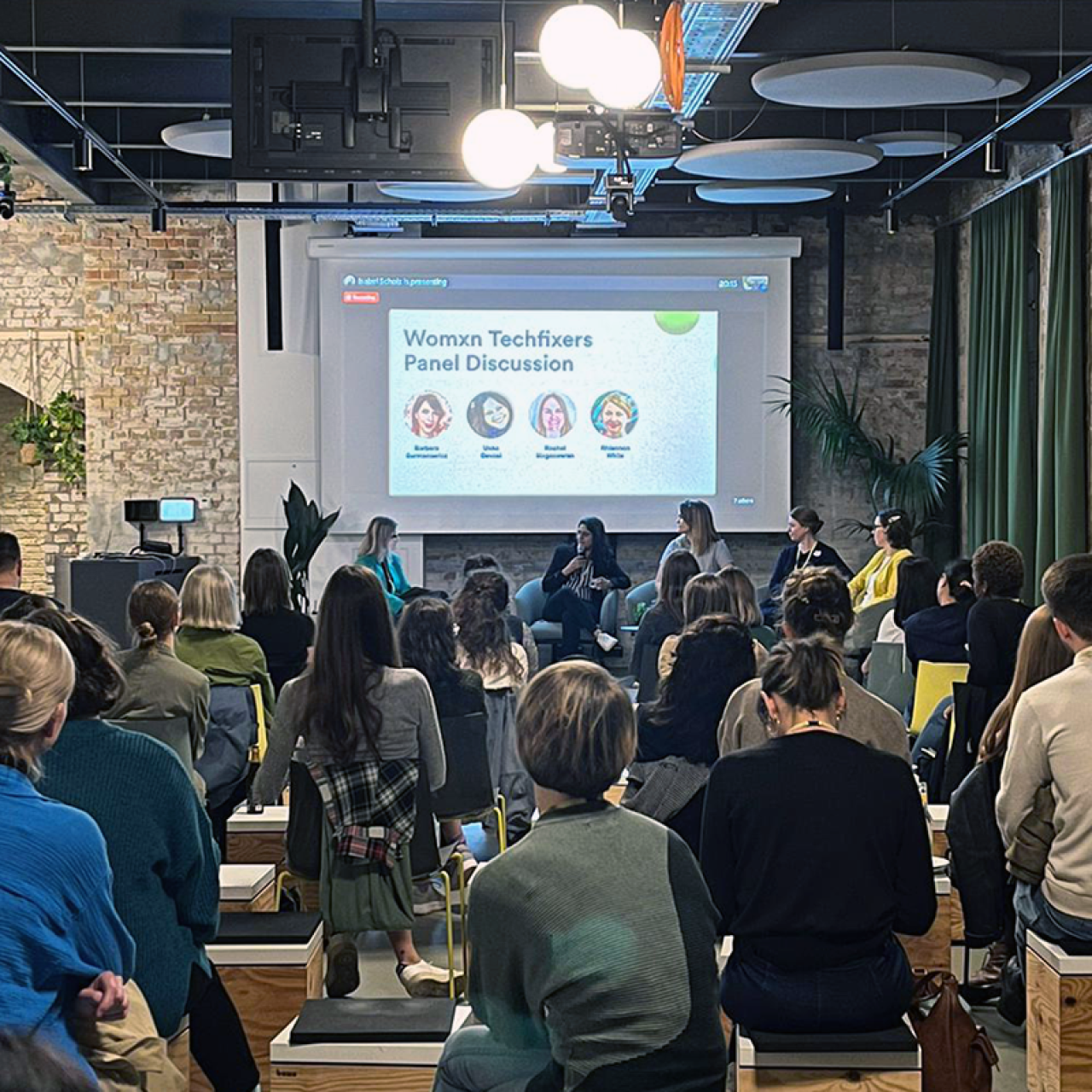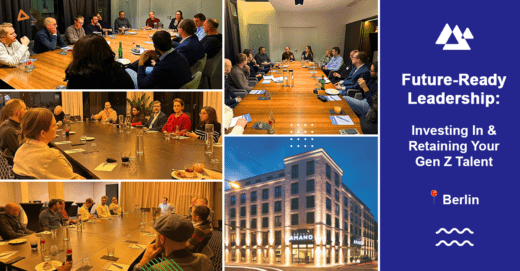The landscape of enterprise software sales is undergoing a quiet but seismic shift, driven by the rapid ascent of digital marketplaces. These marketplaces, where companies procure software products and services from a centralized platform, are fundamentally changing how software is purchased, deployed, and managed. Once characterized by long sales cycles, high-touch engagements, and bespoke deals, the enterprise software industry is being forced to reckon with a new paradigm: one that looks more like the app stores of Samsung and Apple than the traditional sales processes that once defined it.
The Rise of Marketplaces and the Debt Trap
The evolution of enterprise software marketplaces is tied to a broader trend of simplifying procurement, reducing friction, and accelerating deployment. Companies are drawn to these marketplaces because they promise agility, cost transparency, and a curated selection of tools tailored to their needs. However, the convenience comes at a cost: many organizations are now finding themselves trapped in a web of marketplace spending obligations that they cannot easily fulfil.
Marketplaces often entice organizations with subscription models, bulk purchasing agreements, or credit-based systems that require minimum spend thresholds. If these thresholds are not met, companies face penalties or lose out on discounts, creating a debt obligation. This can spiral into a vicious cycle where organizations scramble to make purchases simply to satisfy their marketplace agreements.
The problem is compounded by the fact that most treasury functions within these organizations are not equipped with the liquidity or capital reserves necessary to cover these sudden, unplanned expenditures. As a result, many are turning to the only viable strategy available to them: prioritizing the purchase of products that promise immediate cost reduction, regardless of long-term strategic value.
The Shift Towards Cost-Reduction-Driven Buying
The pressure to meet marketplace spending obligations is driving a shift in purchasing behaviour that favours short-term financial viability over strategic innovation. Enterprise buyers, once incentivised to invest in comprehensive solutions that would foster long-term growth and scalability, are increasingly focused on products that can deliver quick wins in cost savings. This shift is profoundly altering the market dynamics for enterprise software vendors.
Software companies that offer solutions geared towards cost efficiency—like automation tools, process optimization software, or cloud cost management platforms—are suddenly in high demand. On the flip side, vendors with products that require significant upfront investment or that promise value over a longer horizon are finding it harder to make their case. The enterprise software sales model, which traditionally relied on building deep, strategic partnerships with clients, is giving way to a model where agility, immediate ROI, and low entry costs rule the day.

The Path to Assimilation: Surviving the Marketplace Dominance
In many ways, the trajectory of the enterprise software industry mirrors the evolution of consumer app stores like those on Samsung and Apple. These marketplaces created a new, more efficient way for consumers to discover and purchase apps, but they also brought about standardization, commoditization, and intense competition. The marketplaces became the gatekeepers, and the only way for developers to survive was to assimilate—to adapt to the new rules, embrace the platforms, and align their business models accordingly.
The same is becoming true for enterprise software. To survive in a marketplace-dominated world, software companies must embrace assimilation. They need to adapt their offerings to fit within the marketplace framework, optimizing for the new rules of engagement: transparent pricing, modularity, and rapid deployment. Companies will need to build flexible pricing models that accommodate the debt-driven purchasing behaviour of their customers, providing tiered subscription options, modular add-ons, and pay-as-you-go plans that align with the cash flow constraints of their buyers.
Moreover, software vendors need to rethink their go-to-market strategies to leverage the reach and influence of these marketplaces. Just as app developers optimize their apps for discoverability in the app stores, enterprise software vendors must prioritize their presence and visibility within the major marketplaces. This may mean investing in marketplace partnerships, developing co-sell strategies with the platform owners, or even reengineering products to better-fit marketplace standards.
The End of an Era: From Strategic Partner to App Store Listing
The shift towards marketplaces represents the slow erosion of a sales model that has served the enterprise software industry for decades. The days of strategic partnerships, long negotiation cycles, and custom deployments are giving way to a future where software is increasingly commoditized, standardized, and streamlined through digital marketplaces.
But this is not necessarily a death knell for the industry; it is merely a call for transformation. Just as app developers have learned to thrive in the competitive, fast-paced world of consumer app stores, enterprise software vendors must learn to navigate the new marketplace realities. The key to survival will be agility, adaptability, and a willingness to embrace change.
Assimilation into this new marketplace ecosystem is not just a survival strategy—it is the pathway to growth. By aligning themselves with the new rules of engagement, enterprise software companies can position themselves not only to weather the storm of marketplace disruption but to harness it for future success. As the industry continues its inexorable shift towards a marketplace model, those who fail to adapt will find themselves left behind, while those who embrace this evolution will be poised to thrive in the new world order of enterprise software.




